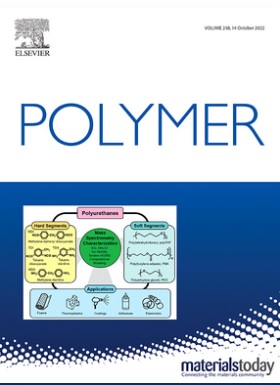Bottlebrushes are complex macromolecular structures composed of polymer chains densely tethered to another polymer chain via a stable covalent bond linkage. Although numerous experimental techniques have been successfully applied for the characterization of bottlebrush polymers, some parameters still cannot be determined. Herein new simulation method using a dedicated machine was used to confront its applicability for complex macromolecules simulations. The bottlebrushes were synthesized by atom transfer radical polymerization (ATRP) with varied degree of polymerization (N) of the side chains, poly(methyl methacrylate) (PMMA). Poly(2-(2-bromoisobutyryloxy)ethyl methacrylate) (PBiBEM) was used as macroinitiator with a degree of polymerization Nbb = 102. Degree of polymerization of side chains (Nsc) changed from 28 to 113. The bottlebrushes were characterized by Gel Permeation Chromatography – Multiangle Laser Light Scattering (GPC-MALLS), Pulsed-field Gradient Spin Echo Nuclear Magnetic Resonance (PGSE NMR), and combined Static and Dynamic Light Scattering methods (SLS-DLS). A novel calculation strategy via the Monte Carlo-class Dynamic Lattice Liquid (DLL) algorithm executed on a dedicated machine ARUZ was applied for theoretical studies. The experimental values concerning the scaling behavior of polymer size and dynamics were compared and confronted with simulation results.

